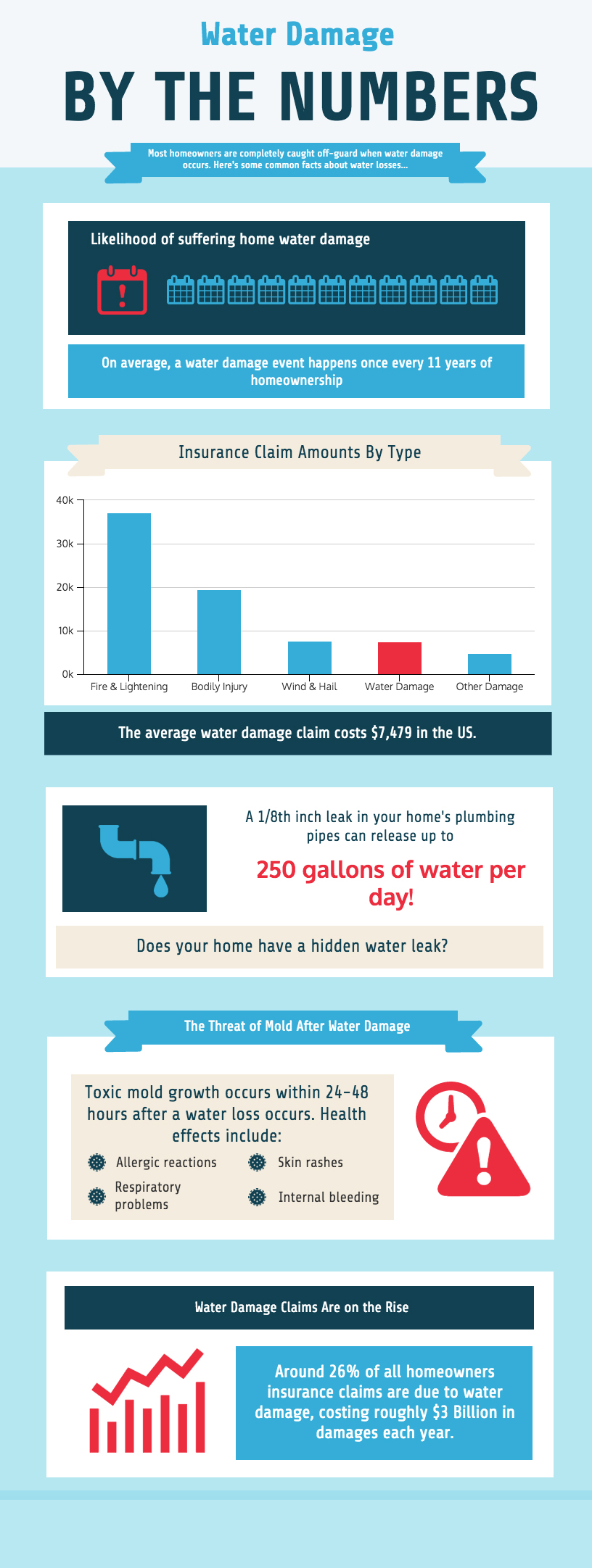Gain Understanding Right Into How Varied Weather Conditions Can Influence Your Roofing Installation, Ensuring A Job That Is Implemented Perfectly
Gain Understanding Right Into How Varied Weather Conditions Can Influence Your Roofing Installation, Ensuring A Job That Is Implemented Perfectly
Blog Article
Created By-Jantzen Smith
When it pertains to roofing installations, the weather can make or break the work. Envision the frustration of handling materials that won't cooperate because of extreme warm or battling unsafe surface areas brought on by unanticipated rainfall. Understanding the effect of climate condition on your roof covering task is essential for an effective result. So, let's discover just how various climate components can affect the high quality and durability of your roofing system installment, guaranteeing a work well done.
Impact of Temperature on Roofing System Installment
When it comes to roof covering installation, temperature plays an important function at the same time. The excellent temperature level for roof covering tasks typically drops in between 45 and 85 degrees Fahrenheit. Severe warmth can cause products like tiles to end up being also flexible, leading to possible damage throughout installation. On the other hand, chilly temperature levels can make materials fragile and susceptible to fracturing. It's important to schedule roof setups during modest temperature levels to guarantee the very best outcome.
Throughout colder climate, professionals might require to take additional safety measures such as using heated devices or allowing products to heat up prior to setup.
On the other hand, hot weather may require job to be done earlier or later in the day to stay clear of the peak temperature levels. By thinking about the temperature and its effects on roof materials, you can aid make sure a successful installment that will withstand the aspects for years ahead.
Result of Rainfall on Roof Covering Projects
Roof covering jobs can be dramatically influenced by rainfall, influencing both the timeline and the top quality of the installation. Rainfall or snow can develop slippery problems, making it dangerous for roofing professionals to work with a wet surface area. In have a peek at this website , dampness can compromise the attachment of materials like shingles or underlayment, resulting in possible leaks or damages in the future.
If it rainfalls during a roof project, the water can permeate into vulnerable locations, causing delays as the installment staff need to wait on the roof to completely dry before proceeding. Extreme wetness can also promote the development of mold and mildew and mold, further endangering the honesty of the roofing system.
To stay https://trevorrlfzt.blog-kids.com/30058730/selecting-the-perfect-professional-for-roof-repairs-crucial-concerns-to-think-about of these issues, it's recommended to schedule roofing jobs throughout drier periods or keep track of the weather report carefully to intend about any type of potential rainstorms. By taking precautions to work in favorable weather conditions, you can guarantee a smoother and more successful roofing system installment process.
Impact of Wind Speed on Installation Success
Throughout roofing setup, the rate of the wind plays a critical role in determining the success of the task. High wind speeds can present substantial difficulties to roofing professionals, possibly leading to safety dangers and high quality concerns. When wind speeds go beyond suggested limits, it ends up being challenging to take care of products, enhancing the risk of accidents and damage to the roofing products. Strong gusts can likewise impact the precision of dimensions and the accuracy required for proper installment.
To guarantee an effective roof installation, it's vital to monitor and think about wind rates. Ideally, roofing installment must occur on days with reduced to moderate wind rates. https://www.architecturaldigest.com/gallery/rooftops-and-terraces-for-summer-slideshow improves the safety and security of the workers but additionally boosts the general high quality of the installation.
Roofing projects scheduled during calm weather are more probable to be completed successfully and with fewer mistakes. By focusing on wind speed projections and planning accordingly, you can help make sure a smooth and successful roof covering installment process.
Final thought
So, when it pertains to roofing installation, keep in mind to think about the weather conditions to ensure a successful job. Ideal temperature levels, dry conditions, and modest wind speeds are key aspects to prioritize for a smooth setup process. By scheduling your project throughout the best periods and suitable weather conditions, you can achieve a durable and lasting roof that will shield your home for several years ahead.
